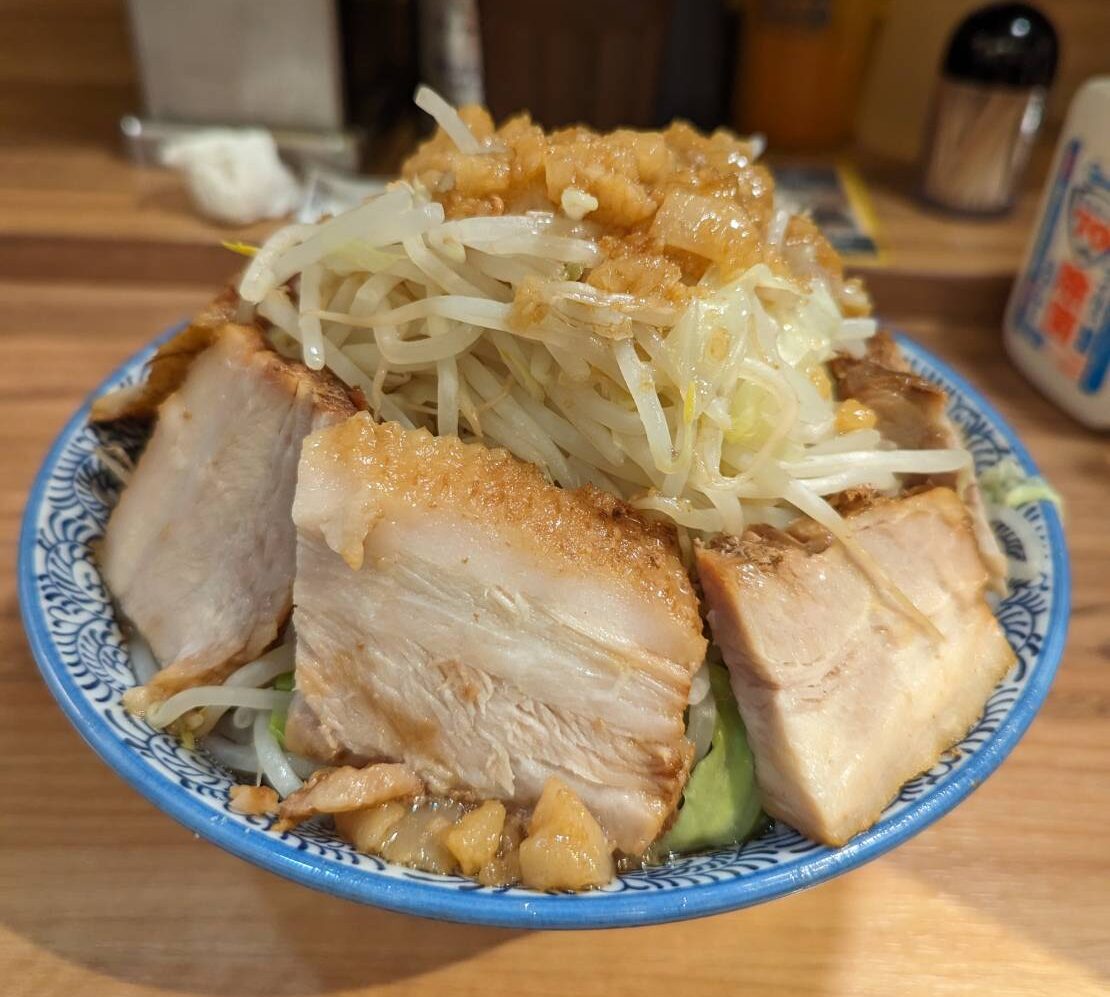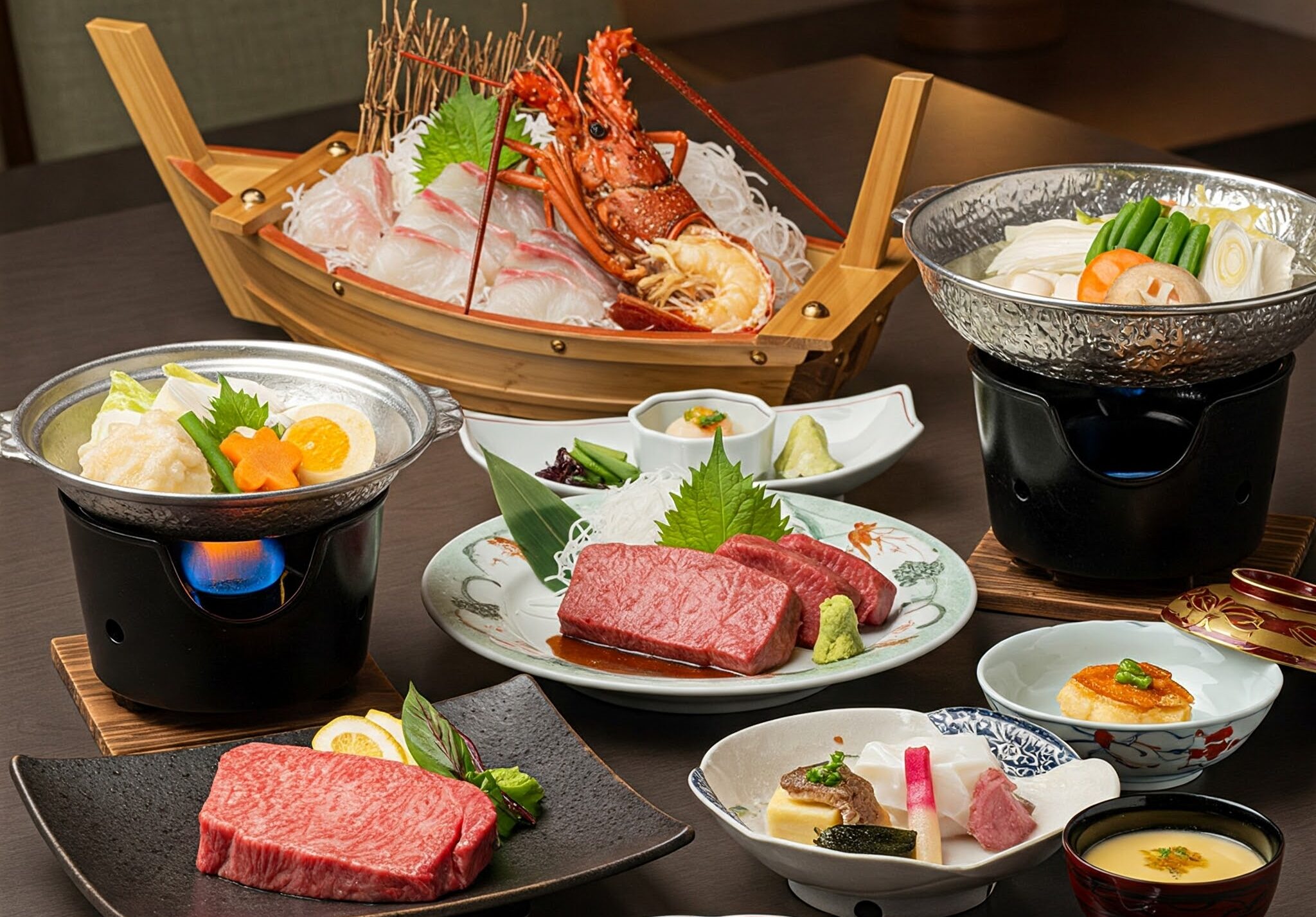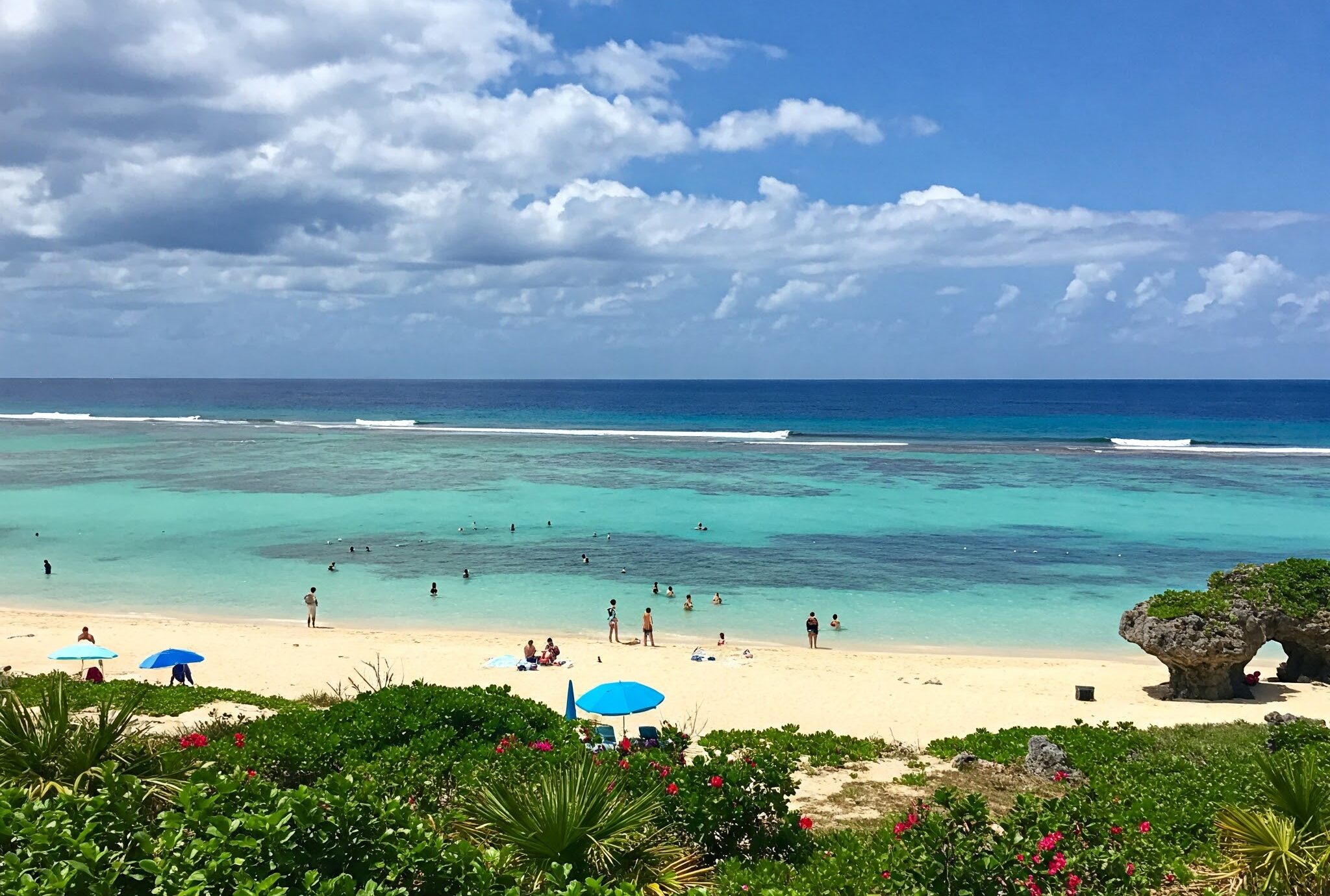Ramen Jiro. It’s a one-of-a-kind ramen that captivates a dedicated following. With its mountain of vegetables, extra-thick noodles, and rich tonkotsu shoyu (pork bone soy sauce) broth, the striking visual impact and addictive flavor make it an unforgettable experience.
But it is more than just delicious ramen. It has a unique culture, its own set of rules, and a passionate fan base, creating a deep and fascinating world. This article will fully explore the allure of Ramen Jiro.
So, keep reading and step into the world of Ramen Jiro!
What is Ramen Jiro?
Founded in 1968, Ramen Jiro has become a legend in the ramen world. Its distinctive style has captivated many fans and spawned numerous “Jiro-kei” (Jiro-style) ramen shops. But what exactly is Ramen Jiro?
Ramen Jiro’s characteristics can be broadly divided into three key elements:
- Extra-Thick Noodles
- Rich Tonkotsu Shoyu Broth
- Mountainous Toppings
Extra-Thick Noodles
These noodles have a strong wheat aroma and a satisfyingly chewy texture. They intertwine perfectly with the rich broth, creating a unique harmony.
Rich Tonkotsu Shoyu Broth
A rich soup base made from pork bones and a shoyu (soy sauce) tare (seasoning sauce). Some locations offer an intensely rich broth with a generous layer of seabura (pork back fat) floating on top.
Mountainous Toppings
A heaping pile of vegetables, primarily bean sprouts and cabbage, hides the noodles completely. And the thick-cut slices of chashu pork, referred to as “buta” (pork), are a signature element of this ramen.
The combination of these elements creates an unparalleled volume, level of satisfaction, and addictiveness that you won’t find anywhere else.
The History of Ramen Jiro
Ramen Jiro’s history begins in 1968, when Takumi Yamada opened “Ramen Jiro” (initially written with a different kanji for “Ji”) near Toritsu-Daigaku Station in Meguro, Tokyo. At first, it served standard ramen, but through trial and error, it evolved into something close to the current style.
In the 1970s, the shop relocated near Keio University’s Mita campus. Being in a student district, the affordable and voluminous ramen gained popularity, primarily among students, and developed into the Ramen Jiro we know today.
Today, it has grown to 45 locations nationwide, from Hokkaido to Fukuoka.
Interestingly, the change from “ラーメン次郎” to “ラーメン二郎” (different “Ji” character) was reportedly due to a sign painter’s mistake during the relocation. It’s a funny story how this accidental name has become a ramen legend.
Kei vs. Inspired
Within the Ramen Jiro sphere, there are “Jiro-kei” and “Jiro-inspired” ramen shops. Both inherit characteristics from Ramen Jiro, but there’s a clear distinction:
- Jiro-kei (二郎系): These are shops that were originally official “Ramen Jiro” branches but, for various reasons, became independent and operate under their own names. The menu and taste are almost identical to Ramen Jiro, but the name is different. Examples include “Ramen-so Rekishi wo Kizame” and “Ramen Dai.”
- Jiro-Inspired (二郎インスパイア系): These shops have no direct affiliation with Ramen Jiro but are influenced by it, offering their own unique interpretations. The menu and taste vary widely, often incorporating original elements not found in authentic Ramen Jiro. Examples include “Menya Musashi” and “Senrigan.”
How to Enjoy as a Beginner
First-timers might be overwhelmed by the unique atmosphere and sheer volume of Ramen Jiro. However, keeping the following points in mind will ensure even beginners can have a great experience:
- Adjusting Noodle Quantity and Flavor: Ramen Jiro’s portions are much larger than typical ramen. Beginners should opt for the “Small Ramen” (Sho Ramen). If that’s still too much, you can request “half noodles” (men hanbun) or “less noodles” (men sukuname). Some locations now offer even smaller “Mini Ramen” or “Puchi Ramen” for women and those with smaller appetites. You can also adjust the broth’s richness and the amount of fat, so don’t hesitate to ask the staff.
- Mastering the “Call”: It has a unique ordering system called the “call.” This is where you tell the staff your topping preferences just before your ramen is served. For example, you might order, “Ninniku sukuname, yasai mashi” (less garlic, extra vegetables). As a beginner, it’s best to start with a simple call like, “Ninniku onegaishimasu” (Garlic, please). As you get used to it, find your favorite combination and customize your ramen.
Important Points When Eating at Ramen Jiro
There are a few things to keep in mind to fully enjoy your Ramen Jiro experience. The shops have unique rules and etiquette that differ from typical ramen restaurants. These rules are in place for smooth operation and to avoid inconveniencing other customers.
- Purchasing a Ticket: When you enter, purchase a meal ticket (shokken) from the vending machine first. The timing of ticket purchase and where to line up may vary by location, so pay attention. Especially at a new location, observe what other customers do.
- Seating: Once seated, place your meal ticket on the counter. Water and renge (soup spoons) are usually self-service, so help yourself.
- Timing of the Call: The staff will ask for your “call” just before your noodles are finished cooking. Don’t miss this timing.
- Dining Etiquette: While eating, focus on your ramen. Avoid loud conversations or using your phone. If you take photos, do it quickly.
- Leftovers: The portions are large, so be mindful of finishing your meal. Especially when ordering “Large Ramen” (Dai Ramen) or “mashi” or “mashimashi” toppings, be sure you can handle the quantity. If you’re unsure, order “less noodles” to avoid leftovers. Leaving food is called “gekichin” (sinking) and is disrespectful to the shop.
- “Lot” Disruption: It serves customers in a specific order, called a “lot.” Taking too long to eat, or making mistakes with ticket purchase or the “call,” can disrupt this “lot.” This inconveniences the shop and other customers, so be careful.
- Departure: After finishing, place your bowl on the counter and wipe down your table. Return your used hand towel (oshibori) to the designated basket, and say “Gochisousama deshita!” (Thank you for the meal!) with a cheerful voice as you leave.
What is a “Jirolian”?
“Jirolian” refers to the passionate fans of Ramen Jiro. They don’t just love it; they embrace its entire culture and atmosphere, immersing themselves in the world of Ramen Jiro.
Some Jirolians travel the country to try every Ramen Jiro location, while others adhere strictly to specific rules and manners. They also actively form a community, sharing information about it on social media and interacting with other Jirolians. Within this community, Jirolians share their passion for Ramen Jiro and cultivate a unique culture.
Insider Knowledge
There’s a lot of niche knowledge about Ramen Jiro that can enhance your experience and here are some examples:
- Tenchigaeshi (天地返し): This is a technique of flipping the noodles over while eating Ramen Jiro. It prevents the noodles from absorbing too much soup and becoming soggy, and it helps coat the vegetables with the broth.
- Nabe Jiro (鍋二郎): Some locations offer “Nabe Jiro,” where customers can bring their own pot and take home the ramen noodles and soup.
The appeal of Ramen Jiro lies in its unique flavor, volume, and, above all, its one-of-a-kind culture. Experience the intense impact and addictiveness that you won’t find anywhere else.
Reaffirming the Appeal of Ramen Jiro
This article has provided a detailed overview of Ramen Jiro, including its history, characteristics, how to enjoy it, and important points to remember. It might seem intimidating at first, but by following the basic rules and etiquette, anyone can appreciate its charms.
We encourage you to use this guide and step into the world of Ramen Jiro. Discover your own personal Ramen Jiro and savor its depth.



コメント